39. Digestive System
Digestion
39. Digestive System
Digestion
Showing 7 of 7 videos
Additional 35 creators.
Learn with other creators
Showing 38 of 38 videos
Practice this topic
- Multiple ChoiceWhich food items are typical of an herbivorous diet?
- Multiple ChoiceWhich of the following is acquired outside of an animal's diet?
- Multiple ChoiceAnimals need two types of organic precursors from their food, __________, to serve as the raw materials for the synthesis of larger organic molecules.
- Multiple ChoiceA breakfast cereal advertises that it contains essential vitamins and minerals. In this context, the word essential means __________.
- Open QuestionFat digestion yields fatty acids and glycerol. Protein digestion yields amino acids. Both digestive processesa. occur inside cells in most animals.b. add a water molecule to break bonds.c. require a low pH resulting from HCl production.d. consume ATP.
- Open QuestionLabel the parts of the human digestive system below and indicate the functions of these organs and glands. a. b. c. d. e. f. g. h. i. j. k. l.
- Open QuestionThere are several key concepts introduced in this chapter: Structure correlates with function; an animal's body has a hierarchy of organization with emergent properties at each level; and complex bodies have structural adaptations that increase surface area for exchange. Label the tissue layers shown in this section of the small intestine, and describe how this diagram illustrates these three concepts.. a. Microvilli b. Mucosa c. Muscularis d. Sub-serous layer e. Serosa
- Open QuestionCalculate and compare the caloric content of skim milk and whole milk. Per serving, skim milk contains 12 g carbohydrates, 8 g protein, and no fat; whole milk contains 12 g carbohydrates, 8 g protein, and 8 g fat.
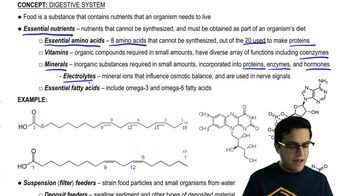

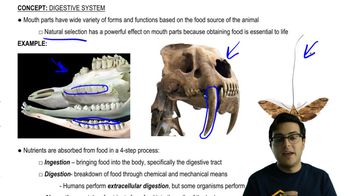
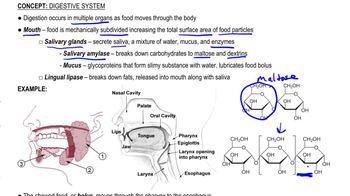
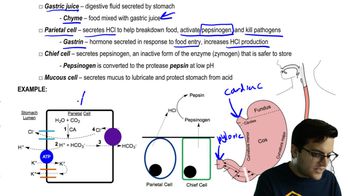
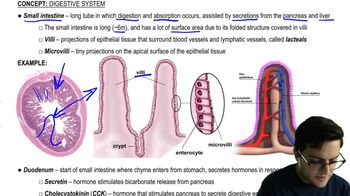
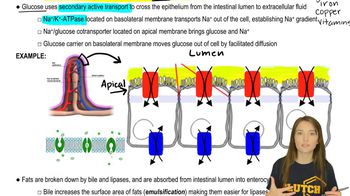
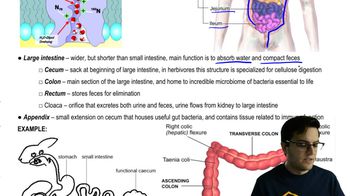
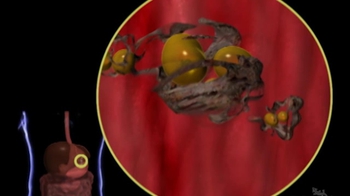
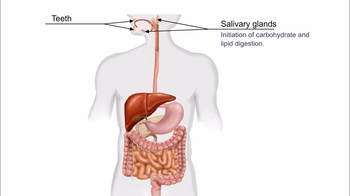
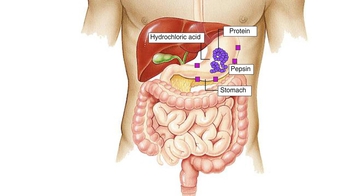


![Anatomy and Physiology of the Large Intestine [Colon]](https://img.youtube.com/vi/F4W2DLIKXww/mqdefault.jpg)




![IGCSE BIOLOGY REVISION - [Syllabus 7.5] Absorption](https://img.youtube.com/vi/TEOB94oBZN4/mqdefault.jpg)


























